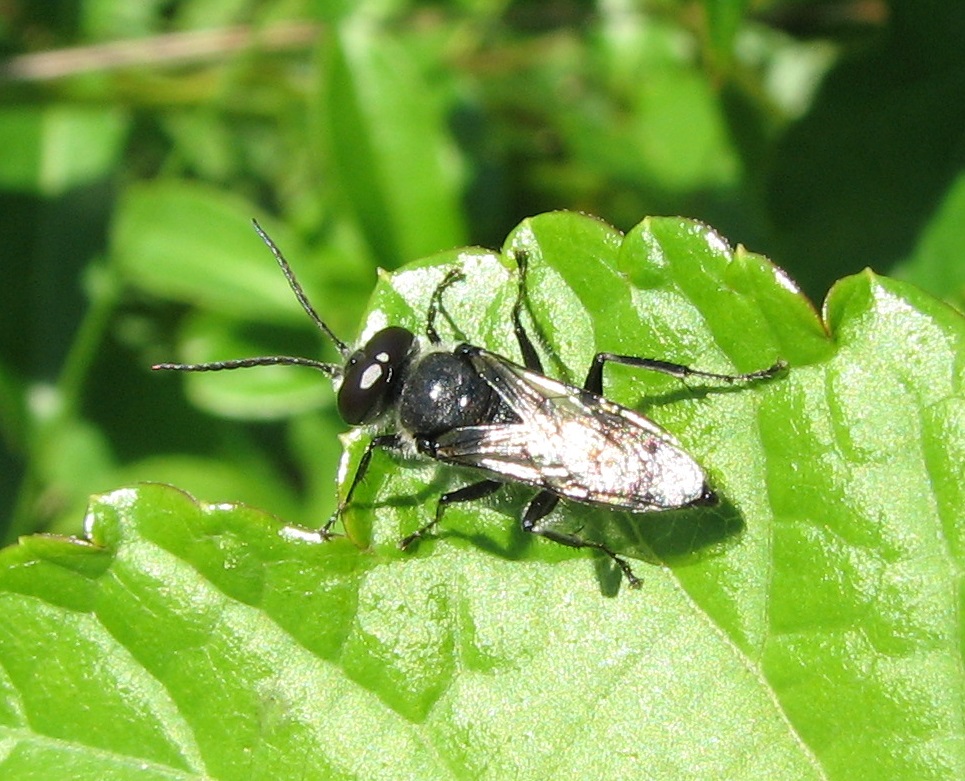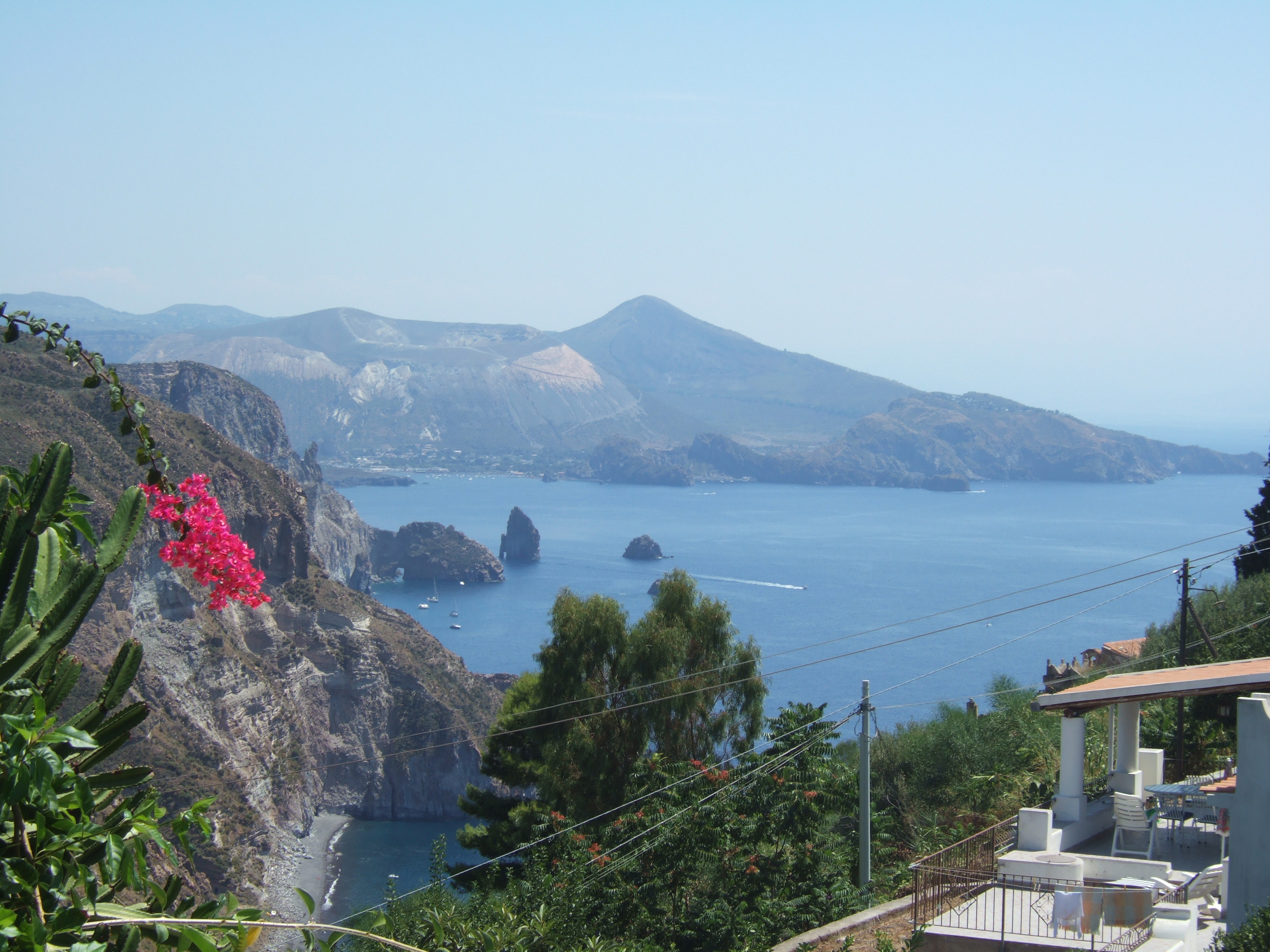|
Lipara (fly)
''Lipara'' is a genus of flies in the family Chloropidae. Among the Palearctic species, a specific community of bees and wasps make their nests in the galls of chloropid flies. Most frequently, they use the galls induced by ''Lipara lucens'' on common reed stems. Some of these aculeate hymenopteran species, such as the digger wasp ''Pemphredon fabricii'' ('' Crabronidae'') or the solitary bee ''Hylaeus pectoralis Hylaeus may refer to: *Hylaeus and Rhoecus Atalanta (; grc-gre, Ἀταλάντη, Atalantē) meaning "equal in weight", is a heroine in Greek mythology. There are two versions of the huntress Atalanta: one from Arcadia, whose parents were Ia ...'' ('' Colletidae'') are specialized for nesting in galls induced by Lipara spp. more than a year ago. Species *'' L. lucens'' Meigen, 1830 *'' L. rufitarsis'' Loew, 1858 *'' L. pullitarsis'' Doskočil & Chvála, 1971 *'' L. similis'' Schiner, 1854 Europe [...More Info...] [...Related Items...] OR: [Wikipedia] [Google] [Baidu] |
Johann Wilhelm Meigen
Johann Wilhelm Meigen (3 May 1764 – 11 July 1845) was a German entomologist famous for his pioneering work on Diptera. Life Early years Meigen was born in Solingen, the fifth of eight children of Johann Clemens Meigen and Sibylla Margaretha Bick. His parents, though not poor, were not wealthy either. They ran a small shop in Solingen. His paternal grandparents, however, owned an estate and hamlet with twenty houses. Adding to the rental income, Meigen's grandfather was a farmer and a guild mastercutler in Solingen. Two years after Meigen was born, his grandparents died and his parents moved to the family estate. This was already heavily indebted by the Seven Years' War, then bad crops and rash speculations forced the sale of the farm and the family moved back to Solingen. Meigen attended the town school but only for a short time. He had learned to read and write on his grandfather's estate and he read widely at home as well as taking an interest in natural history. A lodge ... [...More Info...] [...Related Items...] OR: [Wikipedia] [Google] [Baidu] |
Chloropidae
The Chloropidae are a family of flies commonly known as frit flies or grass flies. About 2000 described species are in over 160 genera distributed worldwide. These are usually very small flies, yellow or black and appearing shiny due to the virtual absence of any hairs. The majority of the larvae are phytophagous, mainly on grasses, and can be major pests of cereals. However, parasitic and predatory species are known. A few species are kleptoparasites. Some species in the genera '' Hippelates'' and '' Siphunculina'' (''S. funicola'' being quite well known in Asia) are called eye gnats or eye flies for their habit of being attracted to eyes. They feed on lachrymal secretions and other body fluids of various animals, including humans, and are of medical significance.Uruyakorn Chansang, Mir S. Mulla (2008) Field Evaluation of Repellents and Insecticidal Aerosol Compositions for Repelling and Control of ''Siphunculina funicola'' (Diptera: Chloropidae) on Aggregation Sites in Thailand. ... [...More Info...] [...Related Items...] OR: [Wikipedia] [Google] [Baidu] |
Lipara Lucens
''Lipara lucens'' is a species of frit fly in the family Chloropidae The Chloropidae are a family of flies commonly known as frit flies or grass flies. About 2000 described species are in over 160 genera distributed worldwide. These are usually very small flies, yellow or black and appearing shiny due to the virtu .... It is found in Europe. It forms galls on '' Phragmites australis'' plants. References Oscinellinae Insects described in 1830 Articles created by Qbugbot Taxa named by Johann Wilhelm Meigen Gall-inducing insects {{chloropidae-stub ... [...More Info...] [...Related Items...] OR: [Wikipedia] [Google] [Baidu] |
Pemphredon Fabricii
''Pemphredon'' is a genus of digger wasps (Spheciformes) from the family Crabronidae. The genus is common in the Holarctic, 12 species are represented in Europe. Several species are considered beneficial because of their specialization in aphids. Features The ''Pemphredon'' species are often small and black coloured and have some similarity with ants. They have a short, furrowed abdominal stem, two submarginal cells in the forewing and a well developed head, especially behind the compound eyes. The species identification is difficult. Based on the course of the submarginal veins the genus is divided into three species groups, which some authors also regard as subgenera. These are the ''lugubris'', ''morio'' and ''lethifer'' groups. In the former, the outer vein of the second submarginal cell meets the marginal cell noticeably below the middle and the second returning vein ends in the second submarginal cell, which is usually longer than wide. In the ''morio'' group, the out ... [...More Info...] [...Related Items...] OR: [Wikipedia] [Google] [Baidu] |
Crabronidae
The Crabronidae are a large paraphyletic group (nominally a family) of wasps, including nearly all of the species formerly comprising the now-defunct superfamily Sphecoidea. It collectively includes well over 200 genera, containing well over 9000 species. Crabronids were originally a part of Sphecidae, but the latter name is now restricted to a separate family based on what was once the subfamily Sphecinae. Several of the subfamilies of Crabronidae are often treated as families in their own right, as is true of the most recent phylogenies (example below). Phylogeny This phylogenetic tree is based on Sann ''et al.'', 2018, which used phylogenomics to demonstrate that both the bees (Anthophila) and the Sphecidae arose from within the former Crabronidae, which is therefore paraphyletic, and which they suggested should be split into several families; the former family Heterogynaidae nests within the Bembicidae, as here defined. These findings differ in several details from studie ... [...More Info...] [...Related Items...] OR: [Wikipedia] [Google] [Baidu] |
Hylaeus Pectoralis
Hylaeus may refer to: *Hylaeus and Rhoecus Atalanta (; grc-gre, Ἀταλάντη, Atalantē) meaning "equal in weight", is a heroine in Greek mythology. There are two versions of the huntress Atalanta: one from Arcadia, whose parents were Iasus and Clymene and who is primarily known ..., two centaurs in Greek mythology * ''Hylaeus'' (bee), a genus of bees {{disambiguation ... [...More Info...] [...Related Items...] OR: [Wikipedia] [Google] [Baidu] |
Colletidae
The Colletidae are a family of bees, and are often referred to collectively as plasterer bees or polyester bees, due to the method of smoothing the walls of their nest cells with secretions applied with their mouthparts; these secretions dry into a cellophane-like lining. C. D. Michener (2007) ''The Bees of the World'', 2nd Edition, pg. 133, Johns Hopkins University Press. The five subfamilies, 54 genera, and over 2000 species are all (with the known exception of but one species, '' Amphylaeus morosus'') evidently solitary, though many nest in aggregations. Two of the subfamilies, Euryglossinae and Hylaeinae, lack the external pollen-carrying apparatus (the scopa) that otherwise characterizes most bees, and instead carry the pollen in their crops. These groups, and most genera in this family, have liquid or semiliquid pollen masses on which the larvae develop. They can be found all over the world, but the most species live in South America and Australia. Over 50% of all bee spe ... [...More Info...] [...Related Items...] OR: [Wikipedia] [Google] [Baidu] |
Lipara Rufitarsis
Lipari (; scn, Lìpari) is the largest of the Aeolian Islands in the Tyrrhenian Sea off the northern coast of Sicily, southern Italy; it is also the name of the island's main town and ''comune'', which is administratively part of the Metropolitan City of Messina. Its population is 12,821, but during the May to September tourist season, the total population may reach up to 20,000. Geography Lipari is the largest of a chain of islands in a volcanic archipelago situated in between Vesuvius and Etna. The island has a surface area of 37.6 km2 and is 30 km from Sicily. Besides the main town, most of the year-round population resides in one of the four main villages: Pianoconte is almost due west across the island, Quattropani in the northwest, Acquacalda along the northern coast, whereas Canneto is on the eastern shore north of Lipari town. The highest point on the island is Monte Chirica at 602 m (1975 ft). Geology Geologists agree on the fact that Lipari was created by a suc ... [...More Info...] [...Related Items...] OR: [Wikipedia] [Google] [Baidu] |
Lipara Pullitarsis
Lipari (; scn, Lìpari) is the largest of the Aeolian Islands in the Tyrrhenian Sea off the northern coast of Sicily, southern Italy; it is also the name of the island's main town and ''comune'', which is administratively part of the Metropolitan City of Messina. Its population is 12,821, but during the May to September tourist season, the total population may reach up to 20,000. Geography Lipari is the largest of a chain of islands in a volcanic archipelago situated in between Vesuvius and Etna. The island has a surface area of 37.6 km2 and is 30 km from Sicily. Besides the main town, most of the year-round population resides in one of the four main villages: Pianoconte is almost due west across the island, Quattropani in the northwest, Acquacalda along the northern coast, whereas Canneto is on the eastern shore north of Lipari town. The highest point on the island is Monte Chirica at 602 m (1975 ft). Geology Geologists agree on the fact that Lipari was created by a suc ... [...More Info...] [...Related Items...] OR: [Wikipedia] [Google] [Baidu] |
Lipara Similis
Lipari (; scn, Lìpari) is the largest of the Aeolian Islands in the Tyrrhenian Sea off the northern coast of Sicily, southern Italy; it is also the name of the island's main town and ''comune'', which is administratively part of the Metropolitan City of Messina. Its population is 12,821, but during the May to September tourist season, the total population may reach up to 20,000. Geography Lipari is the largest of a chain of islands in a volcanic archipelago situated in between Vesuvius and Etna. The island has a surface area of 37.6 km2 and is 30 km from Sicily. Besides the main town, most of the year-round population resides in one of the four main villages: Pianoconte is almost due west across the island, Quattropani in the northwest, Acquacalda along the northern coast, whereas Canneto is on the eastern shore north of Lipari town. The highest point on the island is Monte Chirica at 602 m (1975 ft). Geology Geologists agree on the fact that Lipari was created by a suc ... [...More Info...] [...Related Items...] OR: [Wikipedia] [Google] [Baidu] |
Oscinellinae
Oscinellinae is a subfamily of frit flies in the family Chloropidae. There are at least 40 genera and 180 described species in Oscinellinae. Genera *'' Apallates'' Sabrosky, 1980 *'' Aphanotrigonum'' Duda, 1932 *'' Biorbitella'' *'' Cadrema'' *'' Calamoncosis'' Enderlein, 1911 *'' Ceratobarys'' Coquillett, 1929 *'' Chaetochlorops'' Malloch, 1914 *'' Conioscinella'' Duda, 1929 *'' Dasyopa'' Malloch, 1918 *'' Dicraeus'' Loew, 1873 *'' Elachiptera'' Macquart, 1835 *'' Enderleiniella'' *'' Eribolus'' Becker, 1910 *'' Eugaurax'' *'' Gampsocera'' Schiner, 1862 *'' Gaurax'' Loew, 1863 *'' Goniaspis'' *'' Goniopsita'' *'' Hapleginella'' Duda, 1933 *''Hippelates'' *'' Incertella'' Sabrosky, 1980 *'' Lasiambia'' Sabrosky, 1941 *'' Lasiochaeta'' Corti, 1909 *'' Lasiopleura'' *'' Liohippelates'' (eye gnats) *'' Lipara'' Meigen, 1830 *'' Meijerella'' Sabrosky *'' Melanochaeta'' *'' Microcercis'' Beschovski, 1978 *'' Monochaetoscinella'' *'' Neoscinella'' *'' Olcella'' *'' Onychas ... [...More Info...] [...Related Items...] OR: [Wikipedia] [Google] [Baidu] |


.jpg)

